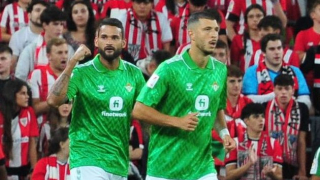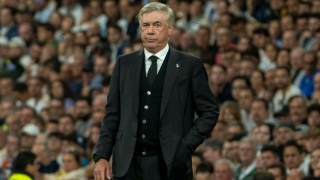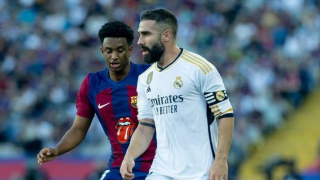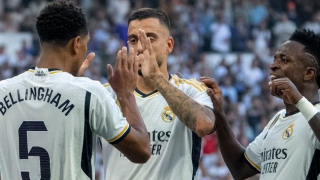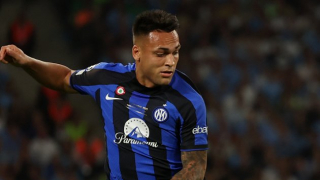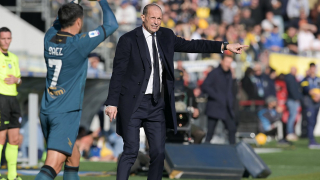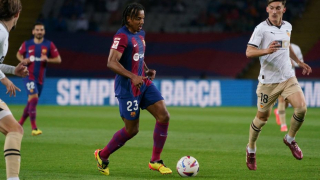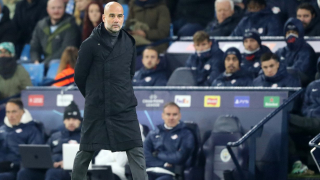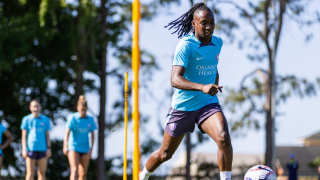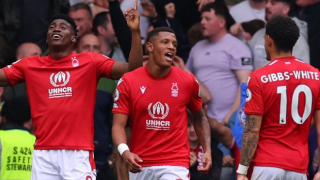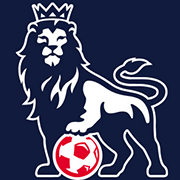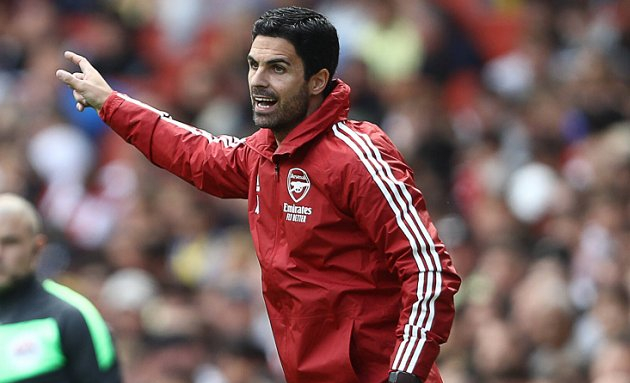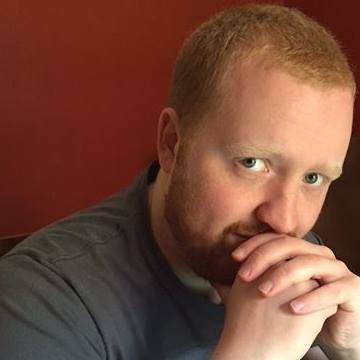Arsenal began their Premier League campaign with a harrowing 2-0 defeat away to newly promoted Brentford. That loss was followed up by another, by the same score, at home to rivals Chelsea. No goals scored, four conceded, zero points, and second-bottom of the league. To add insult to injury, they must now travel to face reigning champions Manchester City.
Mikel Arteta has survived turbulence before, but now the pressure is mounting once again. Even if he gets through this rocky spell, it doesn't bode particularly well for the rest of the campaign. Arsenal want to get back among the top six, but right now they look miles off accomplishing that. So, what's gone wrong? And can Arteta turn it around?
SOFT SPINE
Arsene Wenger's great Arsenal sides were fun, but they were also highly effective. Arteta has yet to find that balance. Last season, Arsenal didn't concede many goals. Only Manchester City and Chelsea let in more than their 39. They did, however, only keep 12 clean sheets. Allowing the opponent to score in two out of every three games isn't a solid foundation upon which to build a push for European qualification.
Fundamentally, this Arsenal side lacks the commanding presence of a Tony Adams or Sol Campbell at the back. Nor do they have ball-winners in midfield of the calibre of Gilberto Silva or Patrick Vieira. Their spine simply isn't strong enough.
In the opening game, Ben White, a new £50 million signing at centre-back, was bullied by Ivan Toney. He lost aerial duel after aerial duel, giving Brentford a viable direct route up the pitch.
In the following game against Chelsea, Pablo Mari was tormented by Romelu Lukaku to the point he stopped marking the Belgian striker altogether.
The centre-backs don't look strong enough to cope with the physical demands asked of them by many Premier League teams. This can manifest itself in open play, but it can also appear at set pieces – Arsenal conceded from a throw-in against Brentford.
LACK OF PRESSING PROTECTION
Arsenal's soft spine is a problem in and of itself, but it isn't helped by a lack of protection from those in front. Arteta wants his team to press high, but the intensity just isn't there. In the first half against Chelsea this was worryingly evident.
The reigning European champions passed through midfield at will, with lots of time on the ball to make decisions, and often had acres of space down the flanks to run into and move up the field un-challenged.
While they have a clear shape, Arsenal are simply too easy to play through. The pressing isn't undertaken with any real urgency, and the centre of the defence is too vulnerable from a physical perspective. Brentford and Chelsea were both able to find their strikers directly, albeit in different ways, and expose the weakness at the heart of Arsenal's back line.
WHERE ARE THE GOALS COMING FROM?
The only top-half Premier League team to score fewer goals than Arsenal last season was Everton. Arteta's highly structured of attacking didn't produce, with lots of high crosses to nobody. Things only got better when Emile Smith Rowe forced his way into the team with some electric individual performances full of creativity and personality. Fortunately, this is still on show.
Even when Arteta's insistence on short passing works and his team get up the pitch, they lack efficiency in the final third. Alexandre Lacazette has always been a one-goal-every-three-games kind of striker. Nicolas Pepe enjoyed a break-out season last year, but still only produced 10 goals. Pierre-Emerick Aubameyang got the same tally, suggesting that, at 32 years of age, he may be in decline.
Behind that star trident is a cast of high potential. But potential does not gain results. Bukayo Saka, Smith Rowe and Gabriel Martinelli are hugely exciting young players, but together they scored nine league goals last season. They cannot be counted upon, yet, to deliver the kind of consistent end product Arsenal need if they are going to turn high amounts of ball possession into goals.
WHAT CAN BE DONE?
Arteta earned credit early on at Arsenal by switching to a back three and playing on the counter-attack in big games. That led to an FA Cup win in 2020, inspiring reasonable optimism that he was the right man for the job. But he might not have that job much longer if results don't improve quickly.
In order to get those results, returning to the same system that worked before might not be a bad idea. White doesn't look capable of commanding a back four, but with an extra centre-back partner – like he often had at Brighton – he might be more effective. Defence in numbers could be the answer without one particularly dominant central defender. This is the approach Thomas Tuchel took to achieve defensive stability at Chelsea last season.
Certainly, the back three looks more viable than the four at this point in time. And, if it does help to stem the flow of goals against and make Arsenal a more stable unit, there is enough talent in the forward areas to create chances and threaten on the break.
If Arteta can find his way through this difficult spell, there is promise in the likes of Saka and Smith Rowe. Arsenal have an attacking future to look forward to. But Arteta won't get there with them unless he finds a way to shore up the defence right now.


